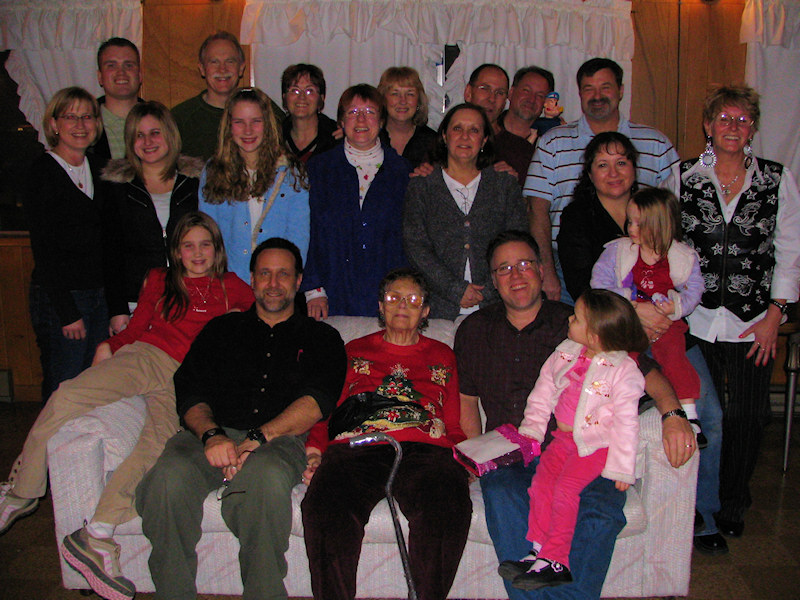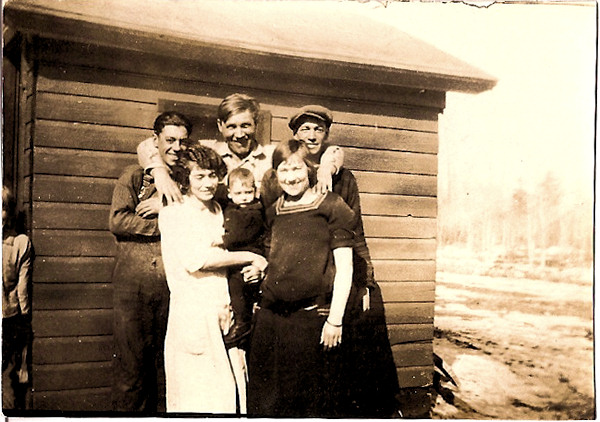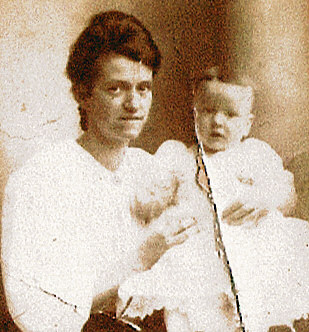Dana Huff writes about “Primary Sources Versus Secondary Sources” in an interesting educational post.
If you have been researching your family history, you may have run into the classic pitfall. Primary sources can be expensive to obtain and difficult to find. Logic tells us that getting hold of eyewitness accounts when possible is best, but that might involve costly trips and sending away for copies of records and archives that can quickly put a dent in your budget. In some cases, primary sources are not saved or their whereabouts are unknown. Secondary sources are generally more available, but might not always be reliable.
It should be noted that primary sources may not always be correct. Eyewitnesses do not always describe things accurately (or without bias). Spelling errors are common…
Secondary sources are often good, but must be carefully weighed. When I first started working with genealogy online, I was amazed at the plethora of evidence available. I was transported into paroxysms of delight when I found the LDS site and began clicking through those Ancestry Pedigrees.
A word of caution: Sometimes genealogists do not take care to be thorough in their research. I have found countless errors on that site. For example, the site lists mythological Norse gods as the forebears of early English royalty. No doubt those were really taken from a book, but common sense would tell us a chronicler referring to his king as a descendant of the gods is not to be taken seriously. Yet, someone had that in his or her family record or it wouldn’t be in that pedigree file!
…You just can’t trust other genealogists to be thorough and accurate with their research. The best thing you can do if you run across a claim you believe to be dubious is research it yourself.
Well said. I’ve found many errors in online sites, even those who claim validity. Others have also found errors in my own information, leading me to research harder for evidence, and often finding it.
Researching your family’s history is a combination of fact finding, assumption, and assumptions of the facts in evidence until further proof is found.
What I’m also hunting for is information and step-by-step instructions on how to get information changed, especially in the LDS records, when I have the proof positive that the information they have is wrong. I’ve been told that once it is locked in their records, it is permanent and can’t be changed. That just doesn’t seem right. Does it?
Most Recent Articles by Lorelle VanFossen
- The Myths and Mysteries and Hunt for Nicholas Knapp
- The Perpetual Calendar
- GenSmarts: Reminder to Not Assume
- Gensmarts Saves Your Family History Research Life
- Digging Through Historical Newspapers Online






2 Responses to Primary versus Secondary Sources: Research Until You Think It’s Right